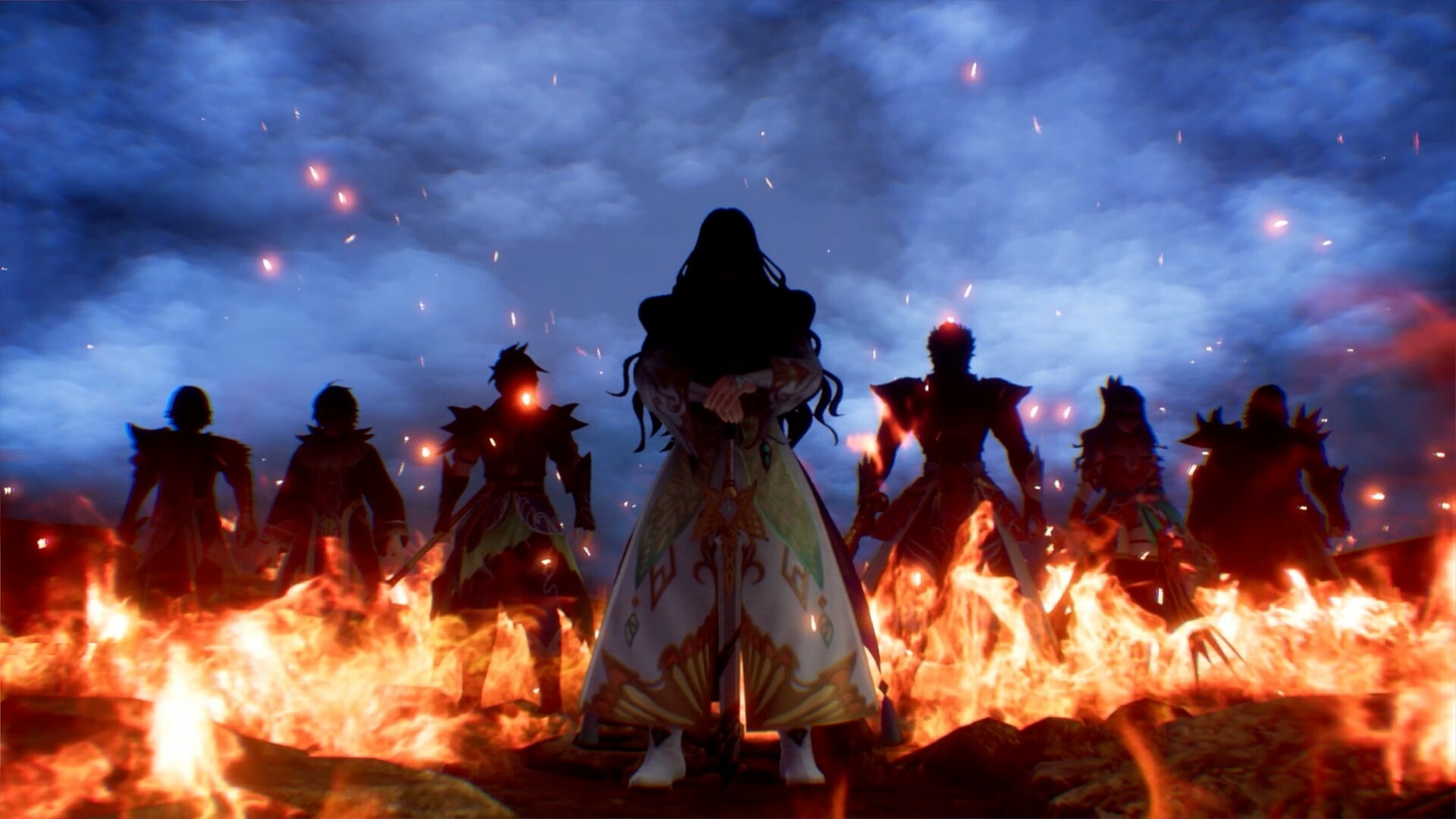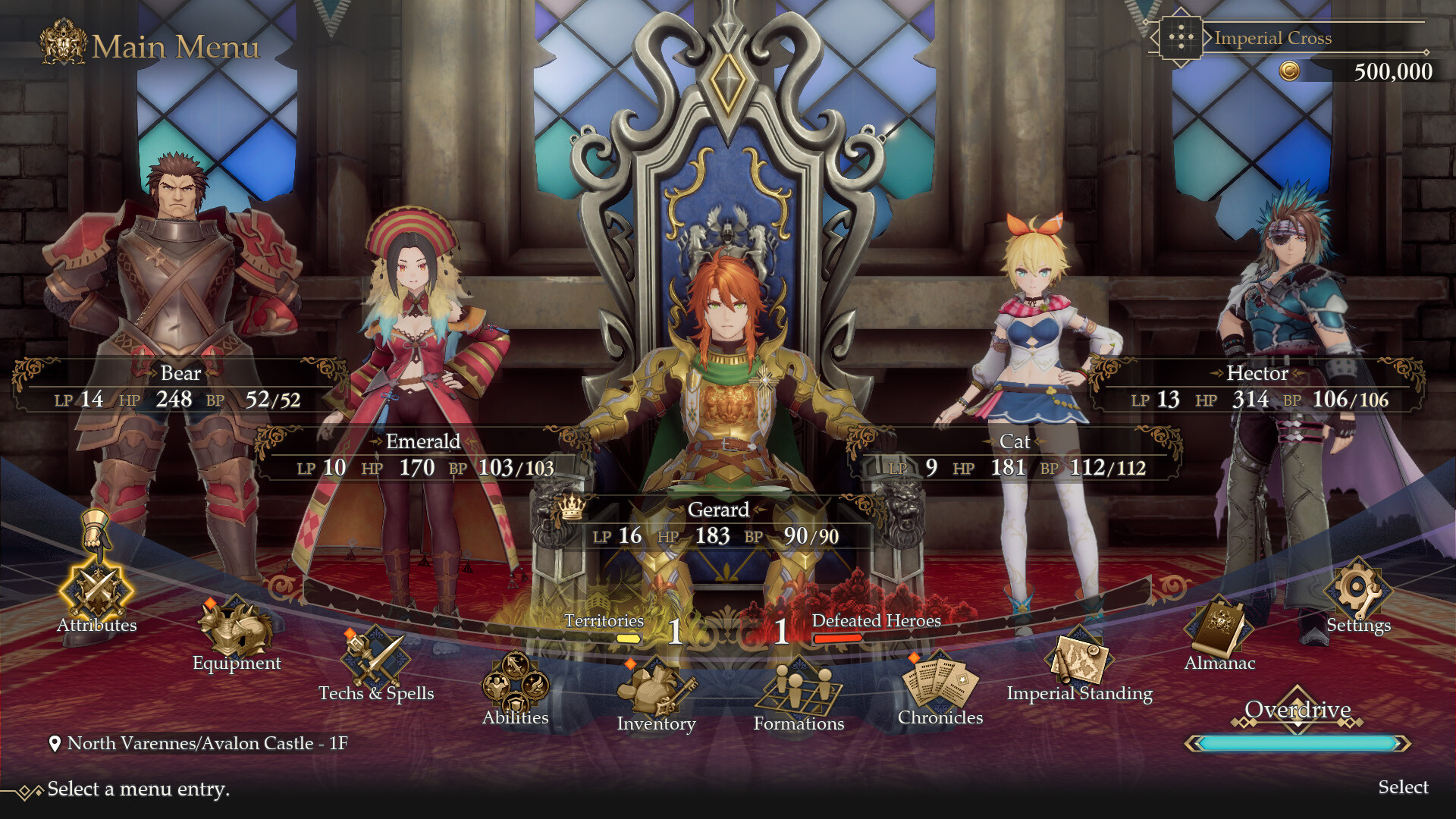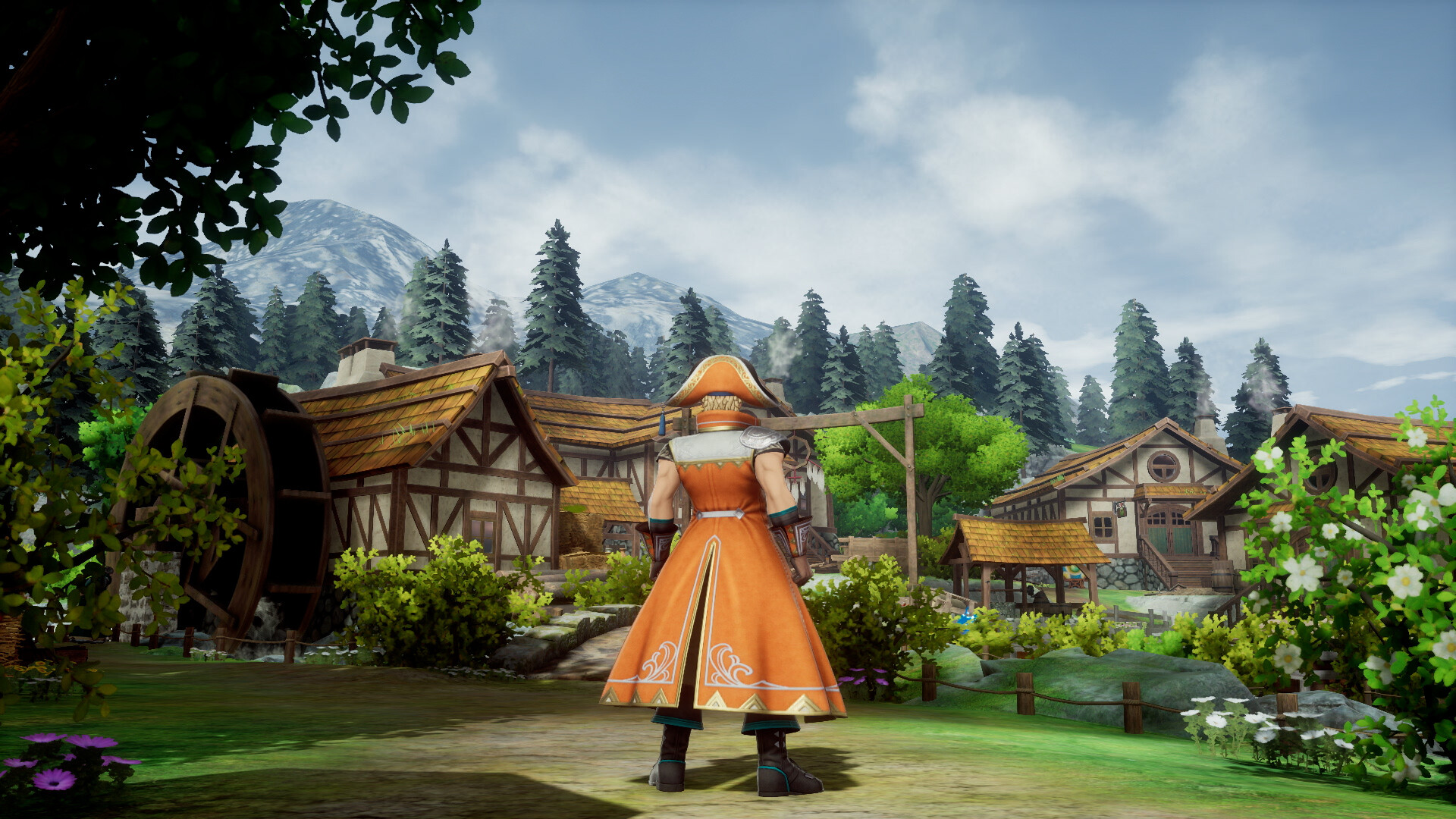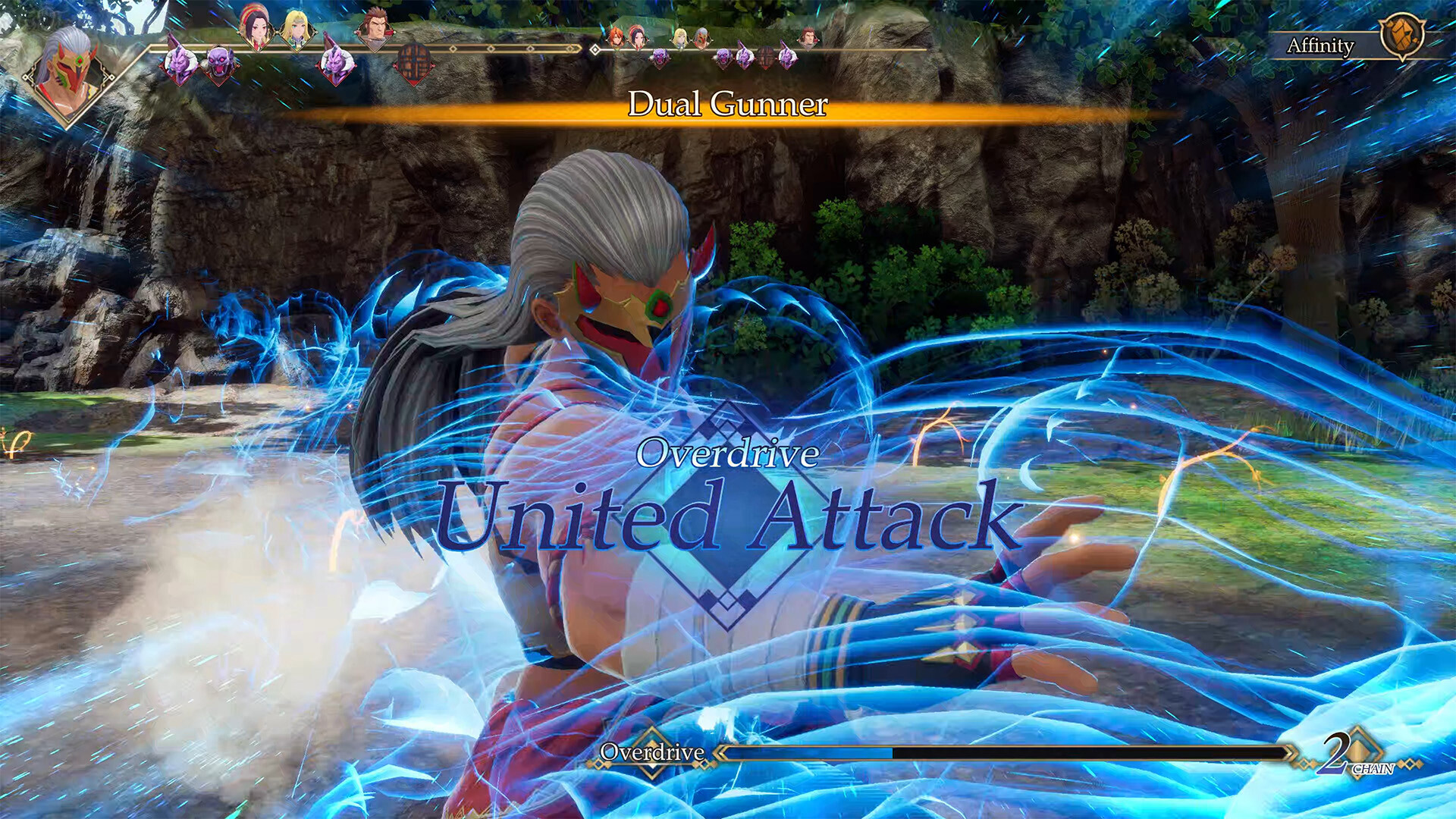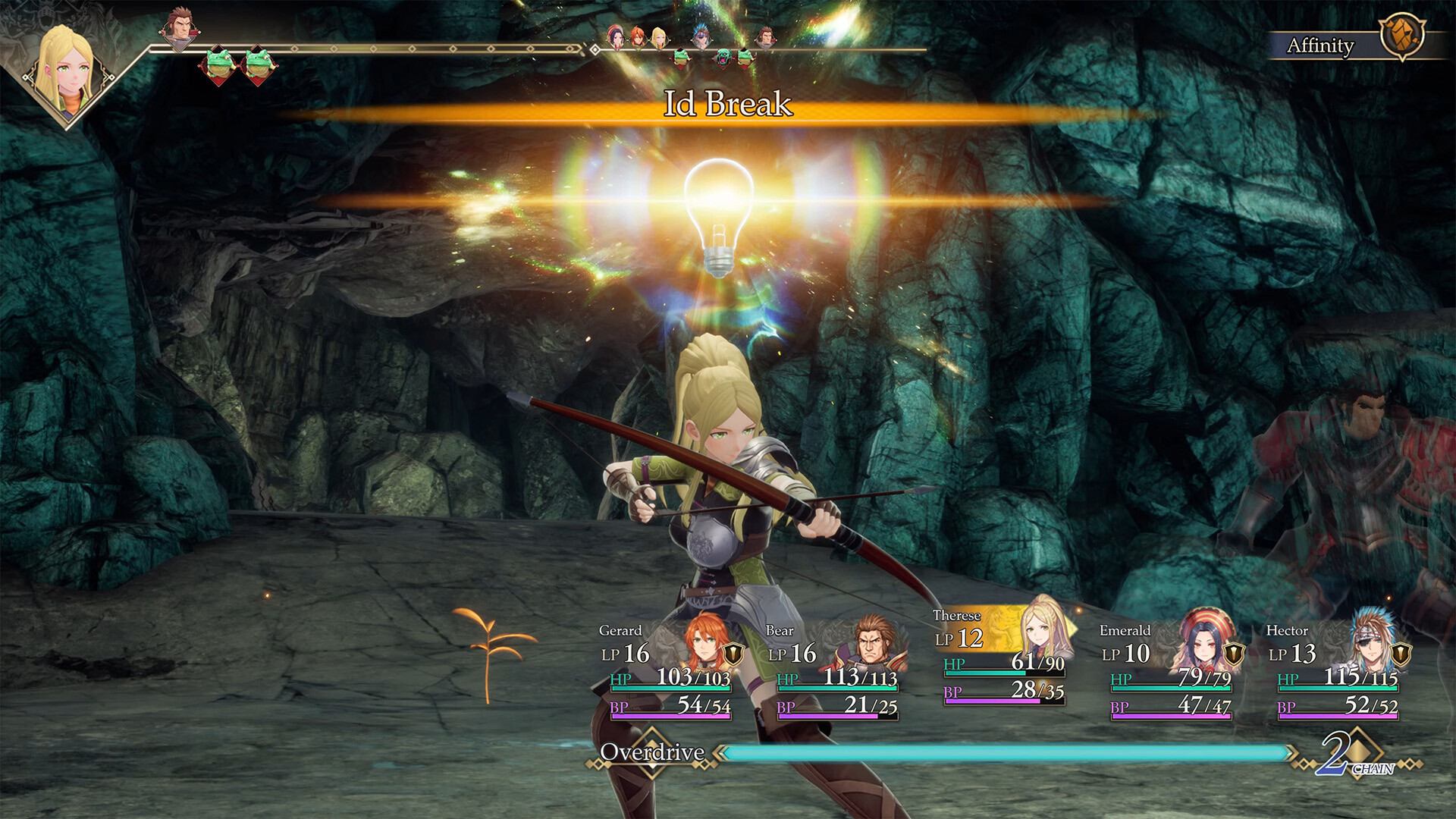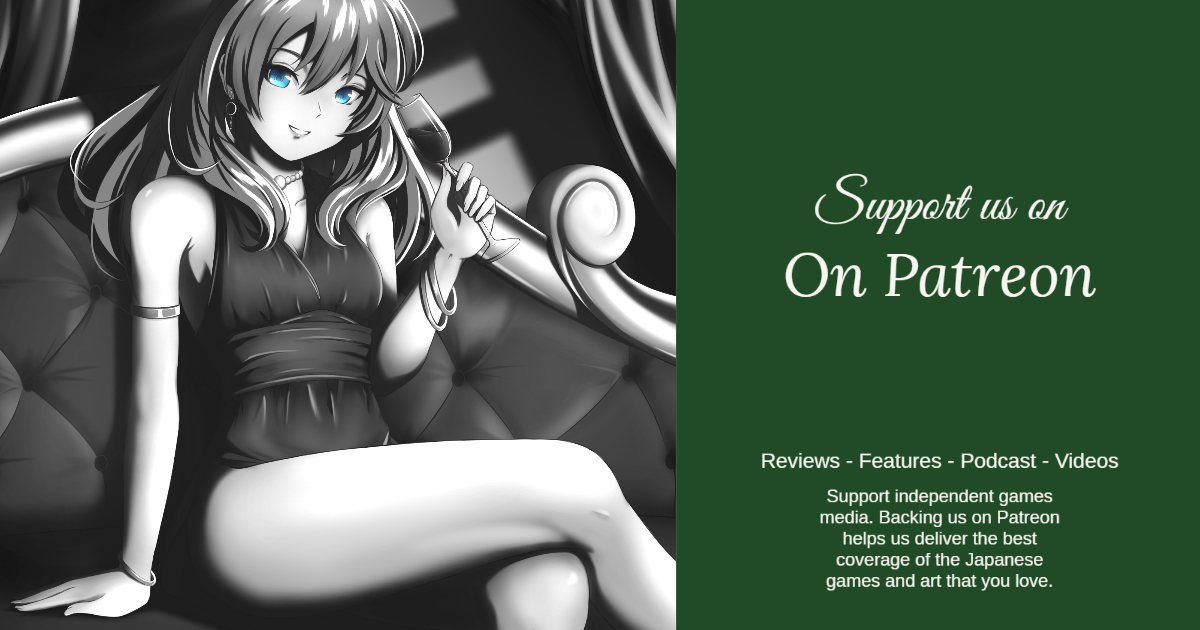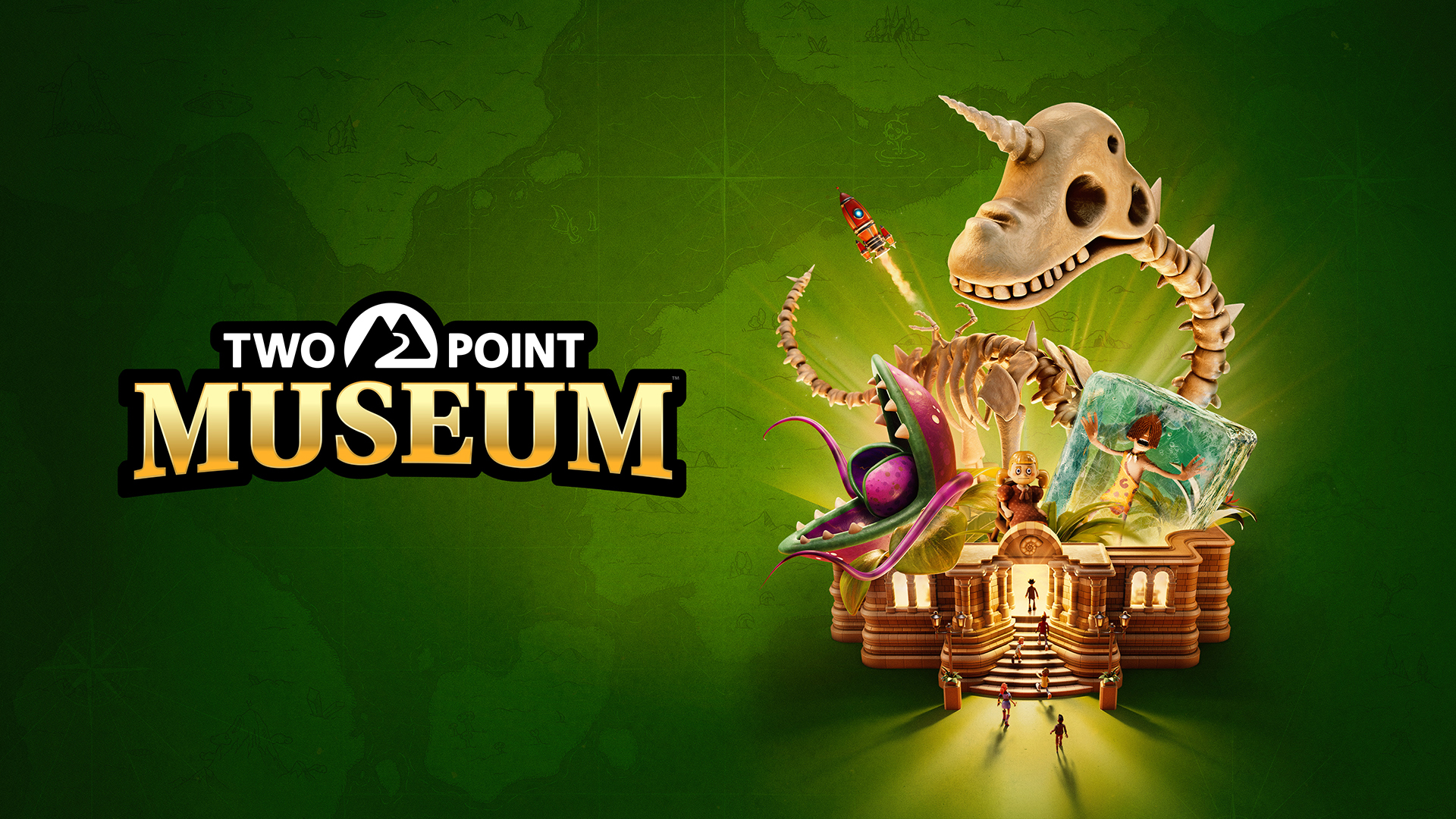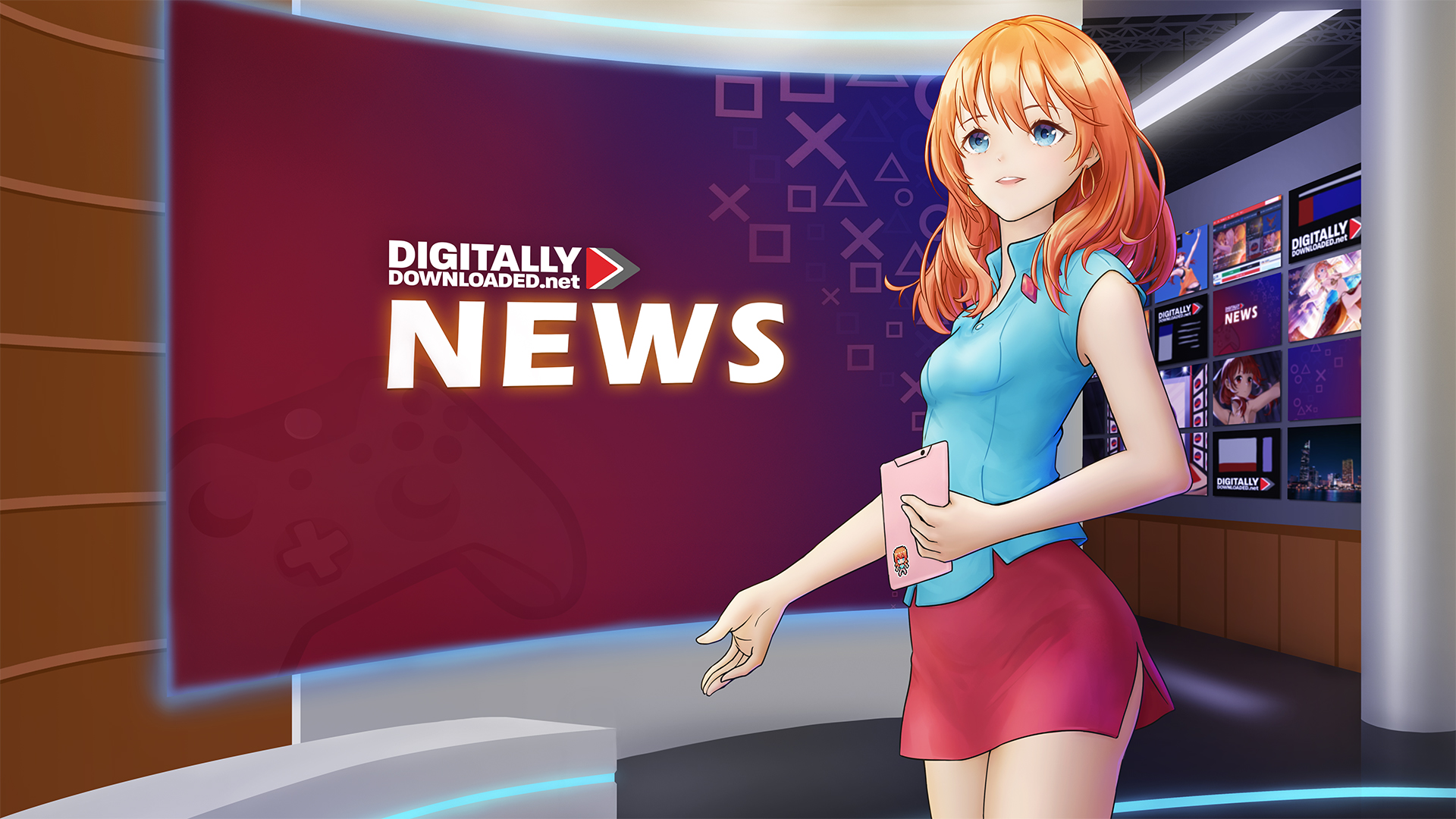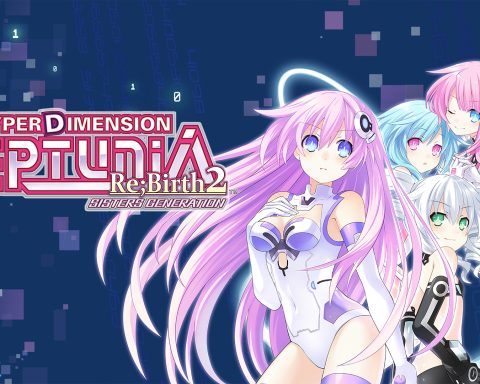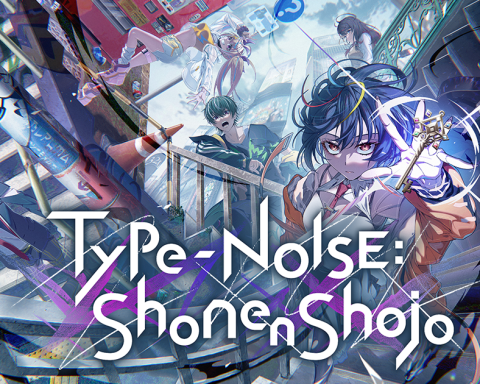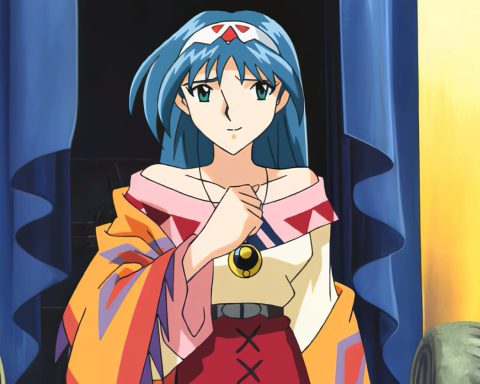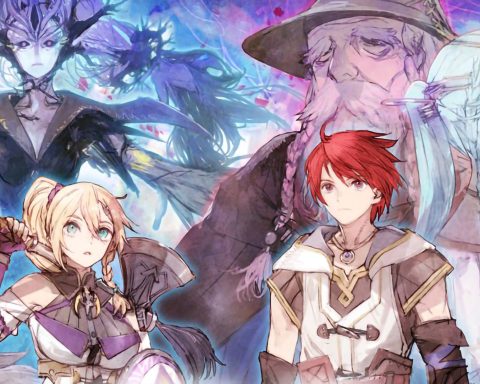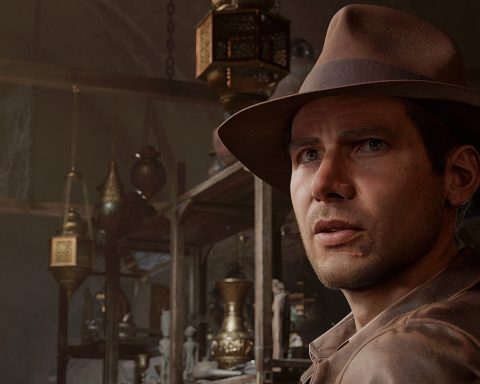It’s clear from playing the demo that Romancing SaGa 2: Revenge of the Seven is a significant effort by Square Enix. It’s not just that the game has a full 3D makeover. Right from the first cut-scene, there are additional lines of dialogue and narrative added to give it context that the original game tended to glaze over. Thanks to the way the cities and dungeons are rendered, this has the look and feel of a modern JRPG, and indeed if you hadn’t played the original SaGa 2 you’d likely believe that this is a new game from Square Enix.
It might not have the production values of a Final Fantasy XVI, in other words, but it does feel like one of those exceptional “second-tier JRPG projects” that the company is so good and filling out its release schedule with these days. It’s comparable to Visions of Mana, released a few weeks ago, and that should help it attract eyeballs beyond the existing fans of the SaGa series.
In fact, as I played through the demo, my overwhelming impression was that this was indeed the game that Square Enix was pinning its hopes on for expanding the SaGa audience. Revenge of the Seven has an immediately accessible and familiar combat system and, in the early parts of the game that are covered by the demo, it’s not too difficult. It’s a sharp contrast to the new SaGa title, SaGa Emerald Beyond, that was released earlier this year that was more than willing to brutalise players within the first few hours if they weren’t experts in grappling with the nuances of the combat system.
That’s not to say that Revenge of the Seven won’t up the difficulty. The original game was exceptionally challenging and as you’ll see in the interview below, the developers have promised that this game will keep that tradition alive. It’s also not to say that it won’t be experimental. Again, as you’ll see from the interview below, the big contribution that SaGa 2 made to the forward momentum of the JRPG was to implement a 1,000-year lineage system that turned the game into an epic rather than a single adventure. They’ve doubled down on that for this remake, and coupled with the other ways that the team has modernised this game, that feature has some absolutely incredible potential this time around.
While the demo isn’t anywhere near enough to get a sense of such an expansive game, it is of an exceptionally high quality and has left me very excited to sit down to the full game. I also had the chance to chat with the game’s producer, Shinichi Tatsuke, and get a sense of what the development team – and Square Enix – are looking to achieve with this project.
Matt S: Romancing SaGa 2 would have to be one of the more loved in the series, and we do already have a remake of sorts with the 2D remake that was produced several years ago. What was the reason you felt there was value in doing this full 3D remake of the game?
Shinichi Tatsuke: As you’ll know, when the original game was released, it was quite unique, particularly in terms of its game mechanics. The Imperial Succession mechanic, for example, is something that really stands out.
I thought it was important to remake the game for a modern audience while keeping those unique elements intact.
In addition, it’s a 30-year-old game now, so certain parts needed to be updated. But I believed it was worth it to bring this experience to a new generation.
Matt S: Was there anything particularly challenging about taking the 2D basis of the game and re-imagining it in 3D? Were there any significant changes to the core that had to be made to make it work?
Shinichi Tatsuke: Yeah, there were definitely challenges. Some things that worked fine in 2D just wouldn’t feel right in 3D. For example, in the original, you had five characters in your party, and you’d choose their actions one by one. The characters would wait, and then the attacks would all happen in sequence. We felt that would seem a little strange in a 3D context, so we switched to the timeline battle system, which fans of the later SaGa series will recognise.
Another example is the cutscenes. In the original, characters kind of just bobbed around with speech bubbles. For a modern 3D game, that approach wouldn’t feel right, so we wanted to fill in the gaps—both in dialogue and in the actions of the characters—to flesh things out and make it feel more contemporary.
Matt S: One thing with 2D games is that players use a lot of their own imagination to picture the characters, since they’re represented as small sprites. Now, with the 3D remake, we have a more detailed vision of the characters. How did you ensure that this translation from 2D sprites to 3D models felt true to what fans remember?
Shinichi Tatsuke: We were fortunate to have many team members who were big fans of the original, so there were a lot of discussions about how to approach this. The important thing to realise is that there isn’t a single “correct” way to do this. It was more about reinterpreting the original design and presenting it in a way that felt authentic to us. The voices of the original game’s fans on the development team were key in those decisions.
Matt S: The SaGa series is known for being creative and innovative, always pushing boundaries. But Romancing SaGa 2 is also a more traditional-style fantasy JRPG with its setting and general narrative structure. How do you think players will respond to this, especially since we’re now used to the SaGa series being more experimental?
Shinichi Tatsuke: Romancing SaGa 2 definitely has a traditional, rich medieval fantasy world, but I think the overall experience of playing it is still unique. In a typical RPG, you follow one hero through their story. But in Romancing Saga 2, the central character passes on their skills and knowledge to the next generation, and that continues for about ten generations over a thousand years. So while the setting might be more classical, the gameplay experience is quite different. It’s like you’re playing a history rather than just a character’s story as is typical for the genre.
Matt S: The SaGa series has been around for a long time, but it’s perhaps not as well-known as Final Fantasy or Dragon Quest. Why do you think that is, and how do you manage the IP to keep it distinct while meeting the expectations of its dedicated fanbase?
Shinichi Tatsuke: This is just my opinion, but I think one of the reasons is that Final Fantasy was released in the West from very early on, while parts of the Saga series, especially Romancing SaGa, were originally only released in Japan. That’s a big factor in why it’s not as well-known here.
For Romancing SaGa 2, we made sure to provide language support for Western audiences and are releasing a physical version of the game, which is a first for the series. Additionally, we’ve kept the elements that hardcore fans love, like the high difficulty and complex mechanics. But we’ve also made sure to include tutorials and in-game explanations to make the game more accessible to new players.
Matt S: Is there a particular moment in the game that resonates with you, something that’s your favourite or a moment you’re excited for players to experience?
Shinichi Tatsuke: For me, it’s the moment when the final emperor is appointed. This is the culmination of the Imperial Succession system, where the knowledge and skills of previous generations are passed down, and the final emperor takes up the mantle. It’s a powerful moment that leads into the final battle with the Seven Heroes. Personally, it gives me chills every time.
Matt S: Lastly, if there was one thing you could do with the SaGa series moving forward, what would that be?
Shinichi Tatsuke: While I can’t speak for the entire series, I would love for Romancing SaGa 2 to be a big success. My hope is that it builds a foundation for the future of the SaGa series and leads to even more success down the line.
